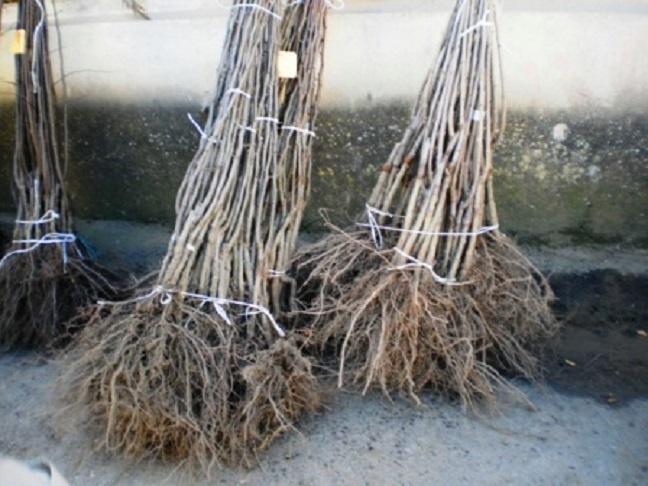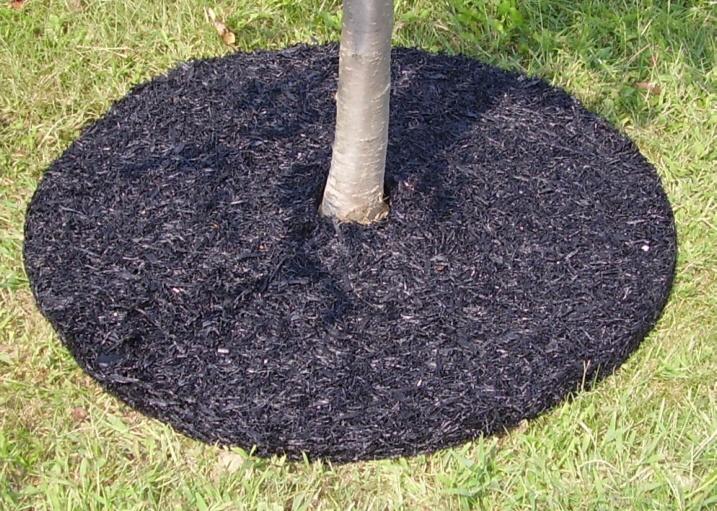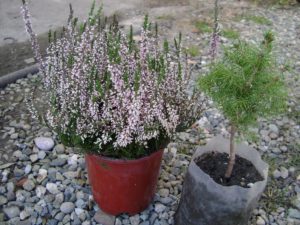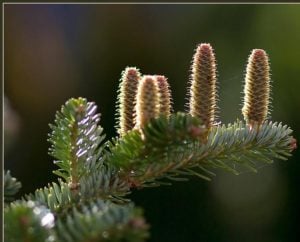Choosing the right plant and planting it correctly is the key to good tree survival and consistently high yields in the future.
Nursery
If possible, buy plants in plant nurseries. Here are a few advantages of buying in hotbeds .
1. The variety will be exactly what you wanted, which can not guarantee the purchase of planting material on the market.
2. It is possible to buy a tree grown in another zone under the guise of local seedlings. Seedlings from the southern regions look stronger and taller, but unscrupulous sellers pass them off as local varieties and do not spare trees that are unlikely to survive a slight drop in temperature.
3. Closed root system. Plants grown in containers or plastic bags do not even change, “roll over”, the roots of almost all of them are not injured. Naturally, implantation is faster and easier, and plants begin to grow quickly.
4. Higher productivity. In a package with land, you can even buy 5-6-year-old seedlings.
5. The ability to purchase a seedling with both an open and closed root system is your choice.
6. No time limits – if necessary, you can plant during the growing season.
7. Specialists of the nursery will independently cut the seedling “for planting”.
Market
In the market, it is better to borrow seedlings from friends or sellers who have been selling planting material for a long time. The probability of fraud on their part is minimal – who will risk their good name? Pay attention to what measures have been taken to keep the root system from drying out. Ideally, the roots should be dipped in a clay mash, placed in a plastic bag and tied. Or completely submerged in water.
Seedling age
The optimal age of a fruit tree seedling is 1-2 years, 3-4-year-old plants with an open root system take root harder.

A good root system
First, pay attention to the root system of the trees. The number and length of the roots depends on many factors – age, class, appearance. But the general rule for everyone is that the root system should be healthy, have not only a skeletal, but also an overgrown root. They should not have: nodes, nodules, growths, tumors and formations. Low skeletal roots in two years – 3, if more, then better. The roots should not have gross mechanical damage caused by careless digging. The cut roots should be light and moist.
Crown
Damage to the bark on the trunk is a clear sign to abandon this plant. Signs that scratch the bark from garters to pegs, scratches, and cracks also fall into this category. Stumps in a cut rootstock, poorly or not completely overgrown grafting site also indicate that this specimen should be abandoned. The height of children of the same age should be at least 1 m (1.1 yard), two-year-olds-at least 1.5 m (1.6 yard). A healthy two-year-old seedling should have at least three lateral branches evenly spaced around the trunk, ideally they should grow at an angle of 45° to the trunk. The bark of the seedling should be smooth and fresh. Pay special attention to the tips of the branches – they will be the first to show that the long seedling does not have enough moisture and it becomes dry. There is one sure way to accurately determine whether the branches are dry or already dry. Press gently, barely touching the twig between your thumb and forefinger. If the seedling is fresh – you will feel cool from touching the twig. If it comes out dry, you will feel hot. The method is deprecated, but it works correctly.

Landing
All types of fruit trees grow well and produce fruit in nutritious, well-and deeply loosened soil. From here, determine the depth and width of the pit for the seedling. For annuals, dig out 50-60 cm (1.6-2 foot) in width and the same in depth. For two-year-olds – 10-120 cm (0.3-3.9 foot) wide and 60-70 cm (2-2.3 foot) deep. If the soil is heavy, dense, add to each value 15-20 cm (5.9-7.9 inch)of excavated earth mixed with well-rotted compost, you can add a little sand. At the bottom of the pit, the amount of complex mineral fertilizers necessary for the age and type of seedlings is applied, and it is also sprinkled with a layer of soil 2-3 cm (0.8-1.2 inch). If you plant a tree with a bare root system, then an embankment is placed at the bottom of the pit, in which the seedling is laid to straighten the roots and fall asleep to it. A hole is made around the tree, along the edge of which there are mounds, the ground in the hole is slightly compacted and watered abundantly. After the water is absorbed, mulch the surface with sand, dry earth, peat, sawdust.
Do not bury the root neck!
In any case, do not bury the root neck of the seedling. It should not be covered even with a layer of mulch.






